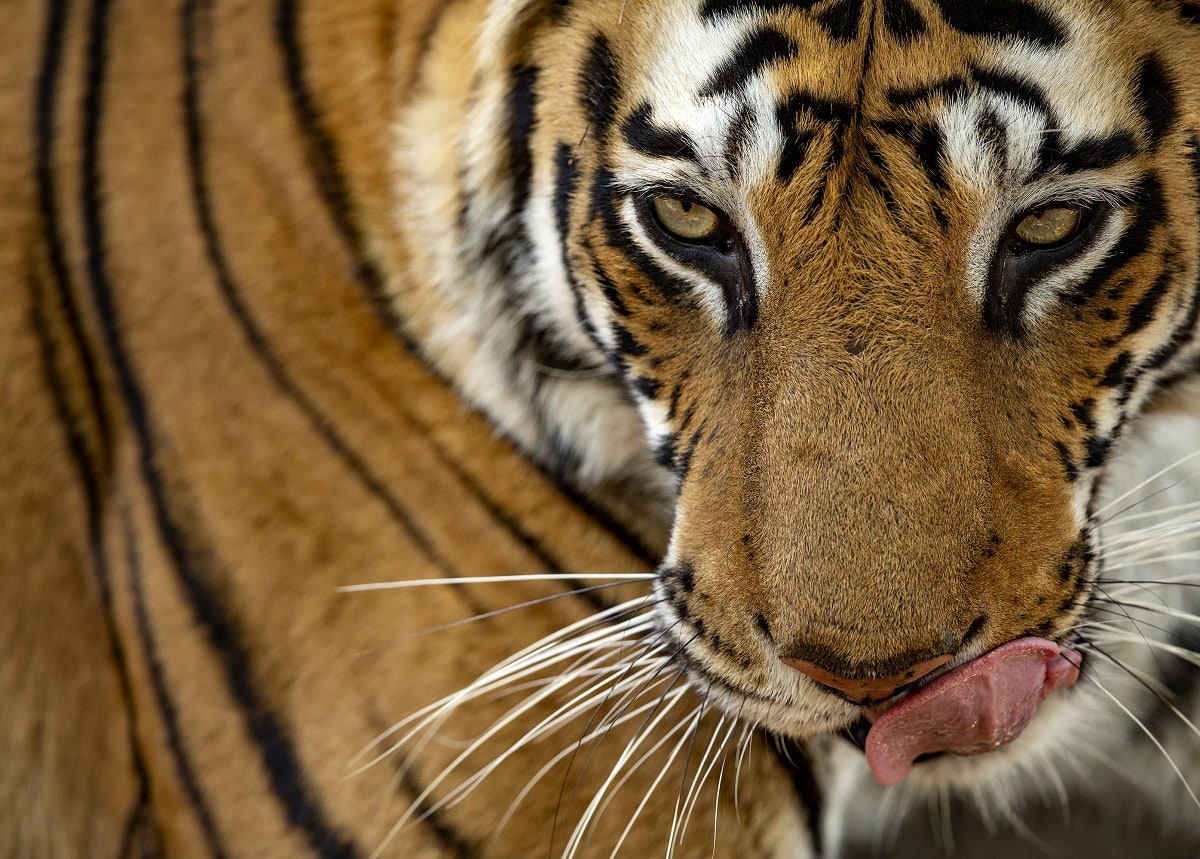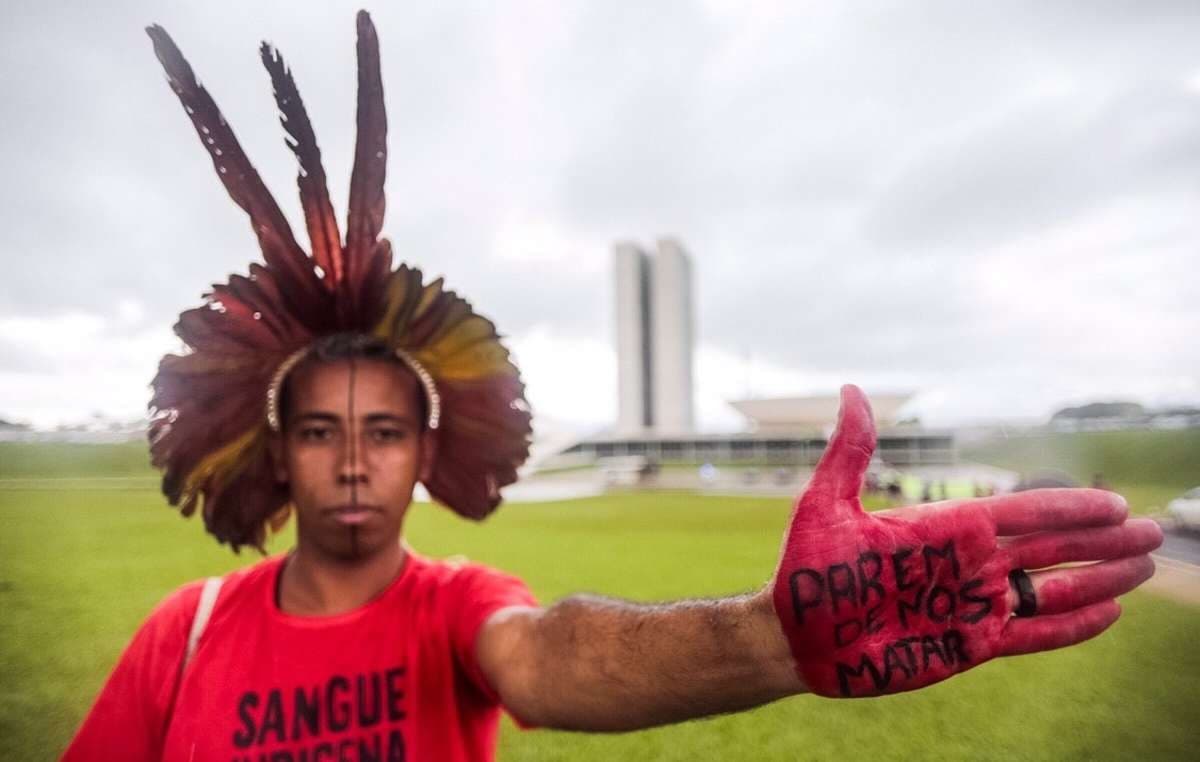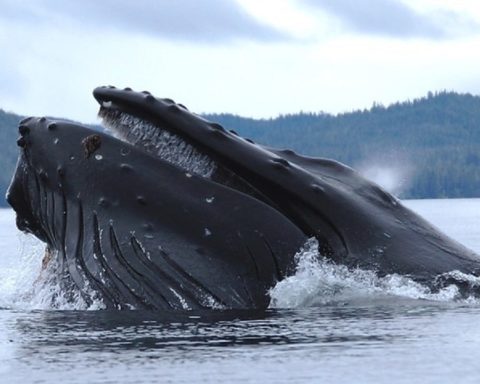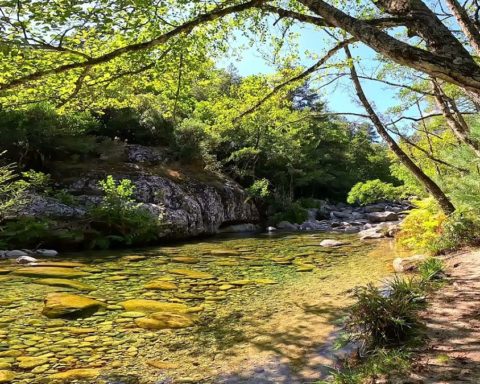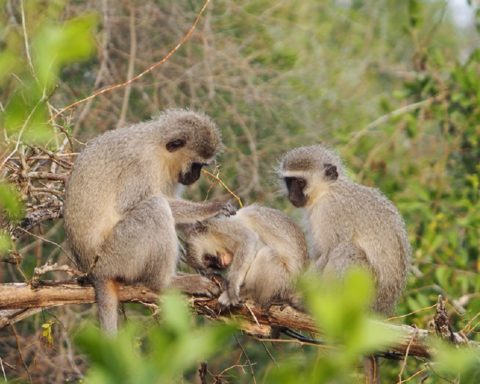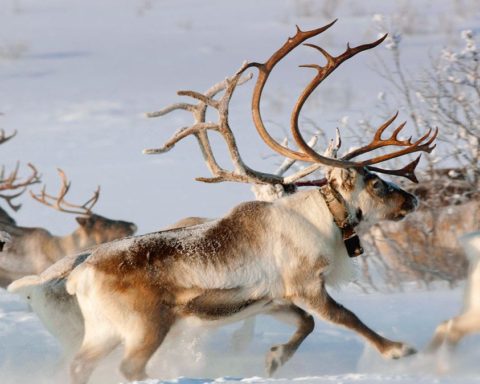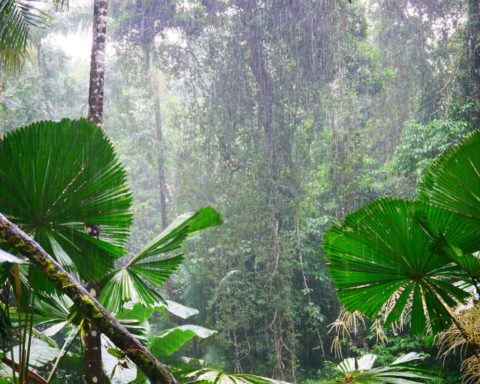On April 5, the U.S. Department of Agriculture announced that a tiger at the Bronx Zoo in New York City was found to test positive for COVID-19, along with six other tigers and lions, showing symptoms consistent with the disease. This detection of the new coronavirus in a wild animal is a first since it is the first known case of human to animal transmission of the disease.
After developing a dry cough in late March, Nadia, a four-year-old Malaysian tiger, was tested with COVID-19 on April 2, a said the zoo's chief veterinarian, Paul Calle, at National Geographic. Nadia's sister, Azul, two Siberian tigers and three African lions also suffer from coughing and loss of appetite, although they have not yet been tested. The zoo has placed the seven felines under veterinary care and is waiting for them to recover.
According to Paul Calle, although the Wildlife Conservation Society, the non-profit organization that manages the Bronx Zoo, has warned through a press release, it is not known how the disease could have progressed in these animals.
Contamination from an asymptomatic caregiver?
The coronavirus responsible for COVID-19, which appeared in December in China, is believed to be of animal origin and then transmitted to humans. A handful of animals have tested positive in Hong Kong for SARS-CoV-2, the virus that causes COVID-19, including a dog in Hong Kong and a domestic cat in Belgium. However, Nadia's case appears to be unique because she was infected by a zoo employee who was not showing any symptoms, according to Paul Calle. The zoo does not know which employee is the source of the contamination.
" This is the first time, to our knowledge, that a (wild) animal is sick from COVID-19 and this from human contamination.« said Paul Calle. Tiger Nadia probably contracted the coronavirus from an asymptomatic zookeeper. « It's the only thing that makes any sense« says Paul Calle. Especially since all four New York Zoo's have been closed to visitors since March 16. If that's the case, the keeper would have been in contact with several other felines.
When Nadia began showing symptoms, the veterinary team performed a number of diagnostic tests and blood tests. « Given what's going on in New York, of course we've done the COVID tests...« explains Paul Calle. The team took samples at the zoo, after sedating Nadia. They sent the samples for testing to the New York State Diagnostic Laboratory at Cornell University and the Veterinary Diagnostic Laboratory at the University of Illinois College of Veterinary Medicine.
" We have tested the feline by taking every precaution and we will ensure that any knowledge gained on Covid-19 will contribute to the understanding of this new coronavirus in the world.adds the press release sent to Agence France-Presse. Although their appetite has decreased, the felines at the Bronx Zoo are doing well thanks to veterinary care and are lively, alert and interactive with their keepers. "
" It is not known how this disease will develop in big cats because different species may respond differently to new infections, but we will continue to monitor them closely and anticipate a full recovery. "The New York-based institution explains further.
According to the USDA and the Centers for Disease Control and Prevention, there is currently no evidence that wild animals in captivity can transmit the coronavirus to humans, because although there are "feline coronaviruses", which can infect only felines, the SARS-CoV-2 coronavirus is not one of them and is essentially adapted to human cells.
Wild animals in danger?
So what animals could be current and future hosts for SARS-CoV-2? In a March 19 study 2020 published by the magazine Microbes and InfectionsAmong the potential species are mammals and birds: pangolins, felines, cows, buffaloes, goats, sheep, pigeons. A another study, published on February 3, 2020 in Nature, evokes bats, civets, mice and pigs.
For Paul Calle, this situation is a first, and many questions remain unanswered today. In particular about cross-species contamination: our DNA differs sufficiently so that there is no a priori suspicion of contamination.
Another question is whether tigers and lions are more susceptible to coronavirus than other animals. Indeed, none of the other big cats in the zoo, including snow leopards, cheetahs, a clouded leopard, an Amur leopard and a puma, show any apparent symptoms.
For Paul Calle, it is essential that the team at the Bronx Zoo share diagnostic information widely with the scientific community: "The Bronx Zoo team will share diagnostic information with the scientific community. I suspect there are other cases, and now that we are sharing this information, I have a hunch that there will be more such cases."
John Goodrich, Chief Scientist and Director of the Tiger Program at Panthera, a global big cat conservation organization, is concerned about wild tiger populations: "We are concerned about wild tiger populations. Big cats such as tigers and lions already face a litany of threats to their survival in the wild. If COVID-19 spreads in wild big cat populations and becomes a major cause of mortality, the virus could become a very serious concern for the future of these species."
The risk to great apes
Humans share 95 % of DNA with chimpanzees, orangutans, and gorillas. If COVID-19 can reach us, it can also endanger the entire hominid family. This was already the case in 2016 where transmission of human coronavirus (HCoV) OC43 to wild chimpanzees living in the Taï National Park, Côte d'Ivoire, ". a mild respiratory epidemic has been observed in the eastern chimpanzee community. "between the end of December 2016 and the beginning of January 2017.
Since great apes can easily catch respiratory diseases from humans, zookeepers across the country are therefore making extra efforts to protect the great apes in their care, as scientific experts have confirmed that they can be particularly susceptible to coronaviruses.
Also, on March 24, scientists from the Great Ape Health Consortium published a mail in Nature COVID-19: "COVID-19: Protecting Great Apes during Human Pandemics", calling for a temporary halt to all tourism and scientific activities involving great apes worldwide:
"SARS-CoV-2, the coronavirus responsible for the current COVID-19 pandemic, is also a threat to our closest living relatives, the great apes. As leading experts in the conservation and health of these animals, we urge governments, conservation practitioners, researchers, tourism professionals and funding agencies to reduce the risk of introducing the virus into these endangered apes. They can do so by applying the International Union for Conservation of Nature's guidelines on best practices for health monitoring and disease control in great ape populations.
It is not known whether the morbidity and mortality associated with SARS-CoV-2 in humans are similar in apes. However, the transmission of even mild human pathogens to apes can result in moderate to severe consequences.
In the current situation, we recommend suspending great ape tourism and reducing field research, subject to risk assessments to maximise conservation outcomes (e.g., poaching may increase with fewer people nearby). These efforts should include ways to compensate for lost tourism revenue, while taking care not to interfere with work to save human lives. »

Header photo : ©WWF, January 2019

